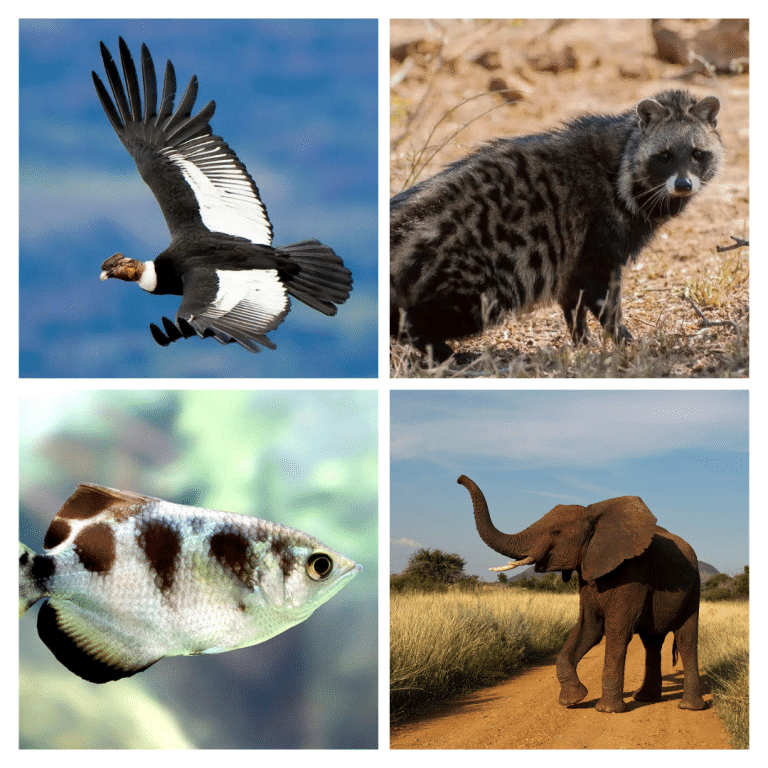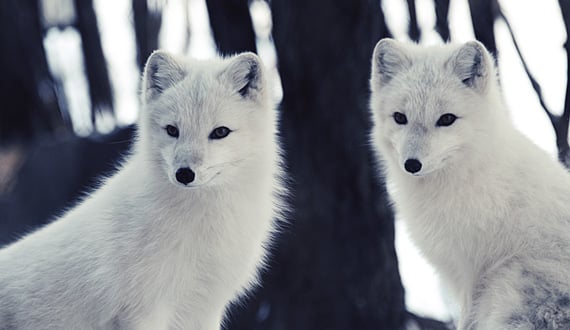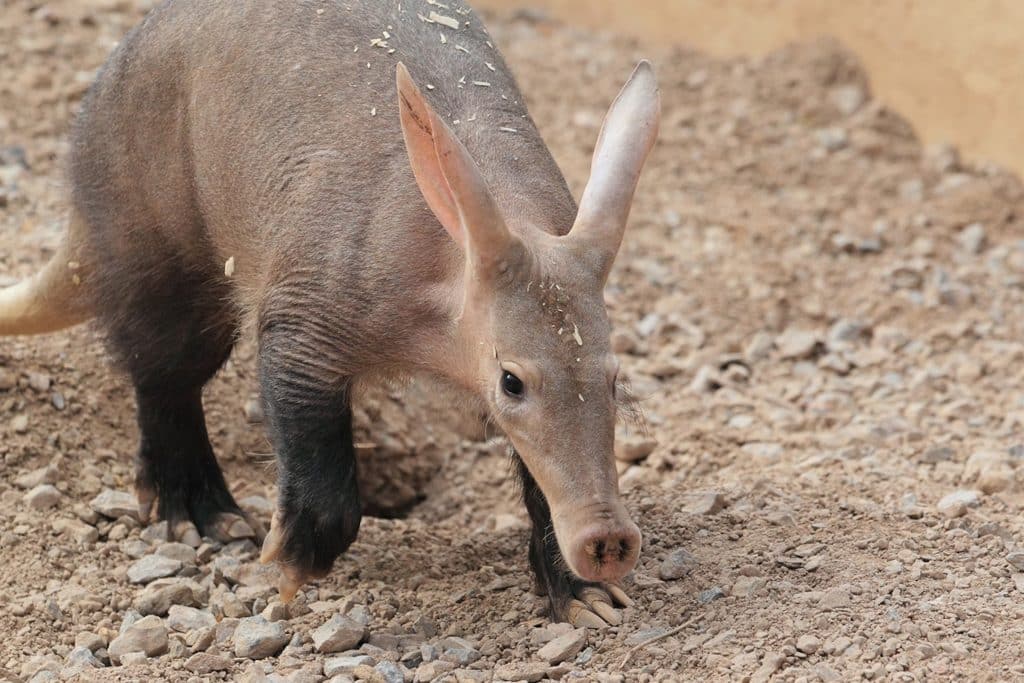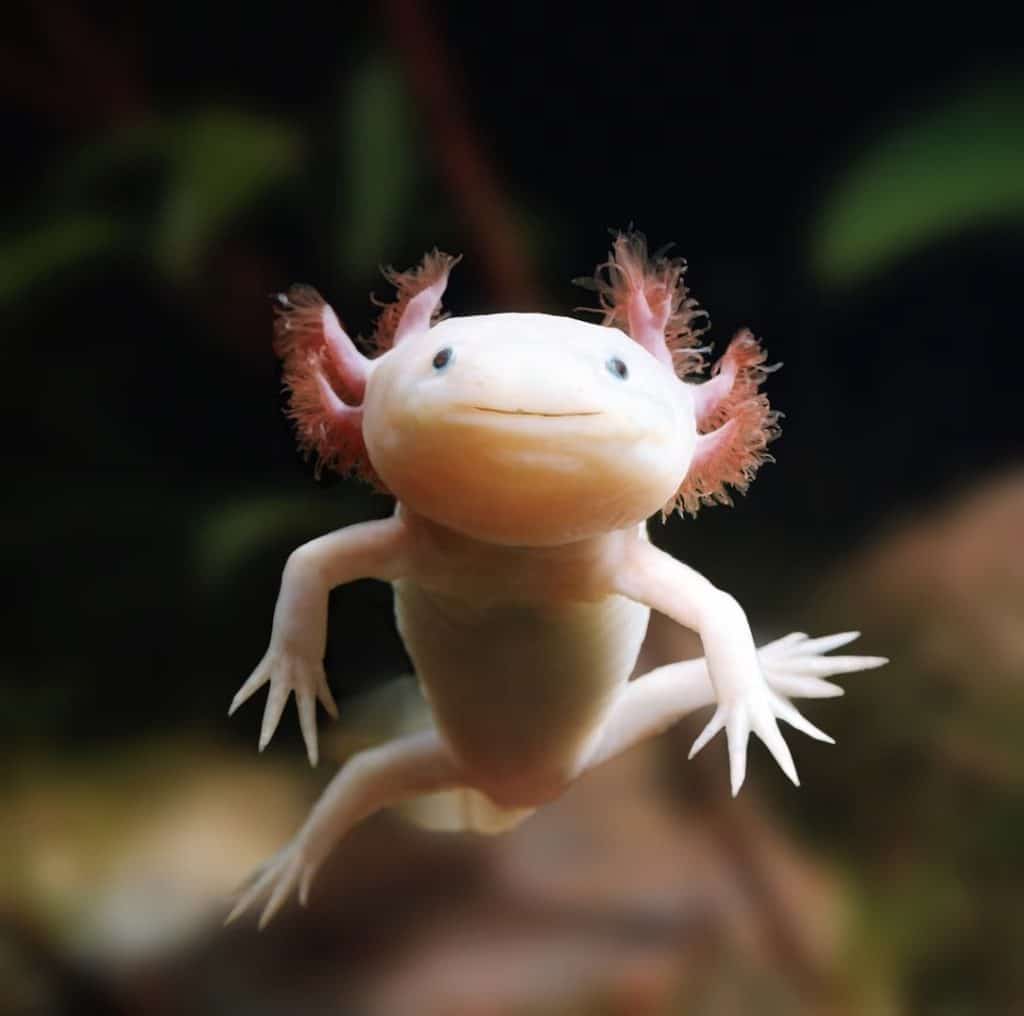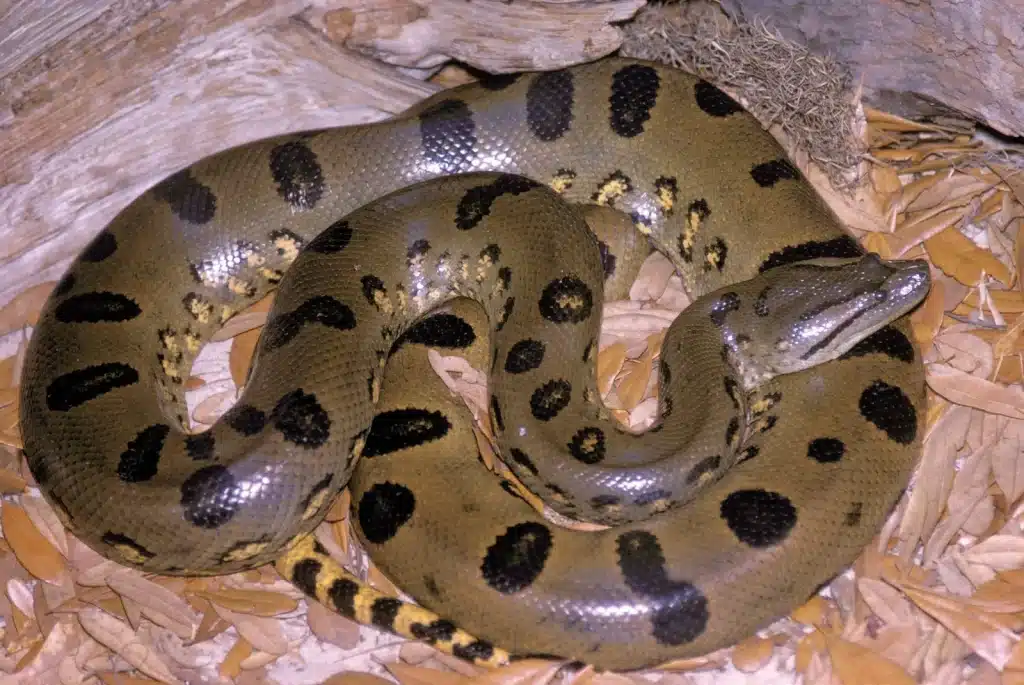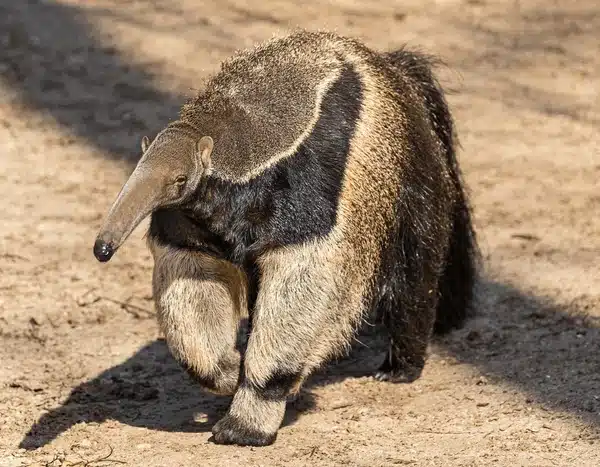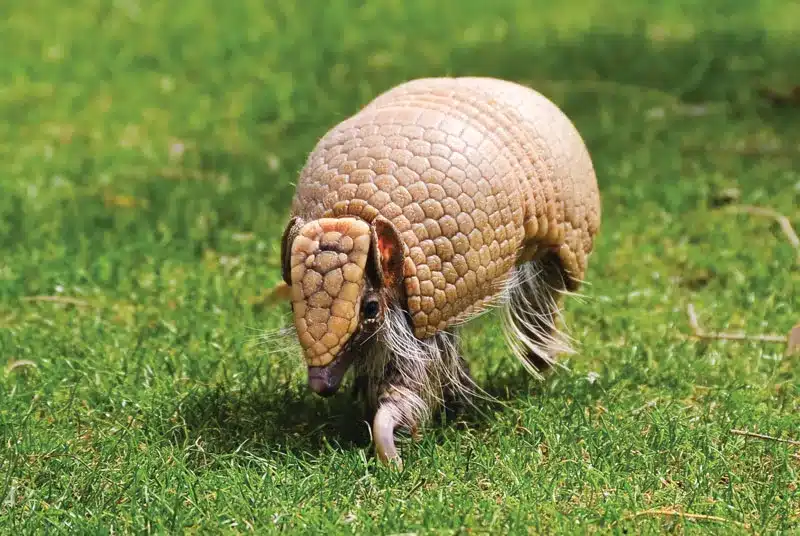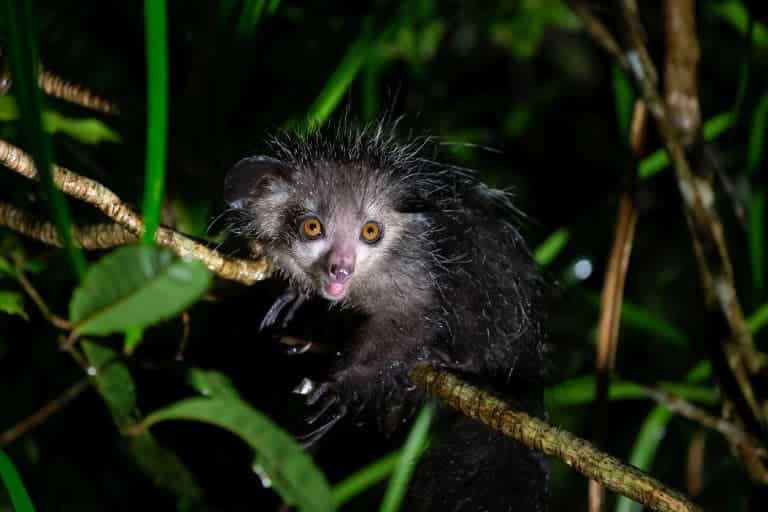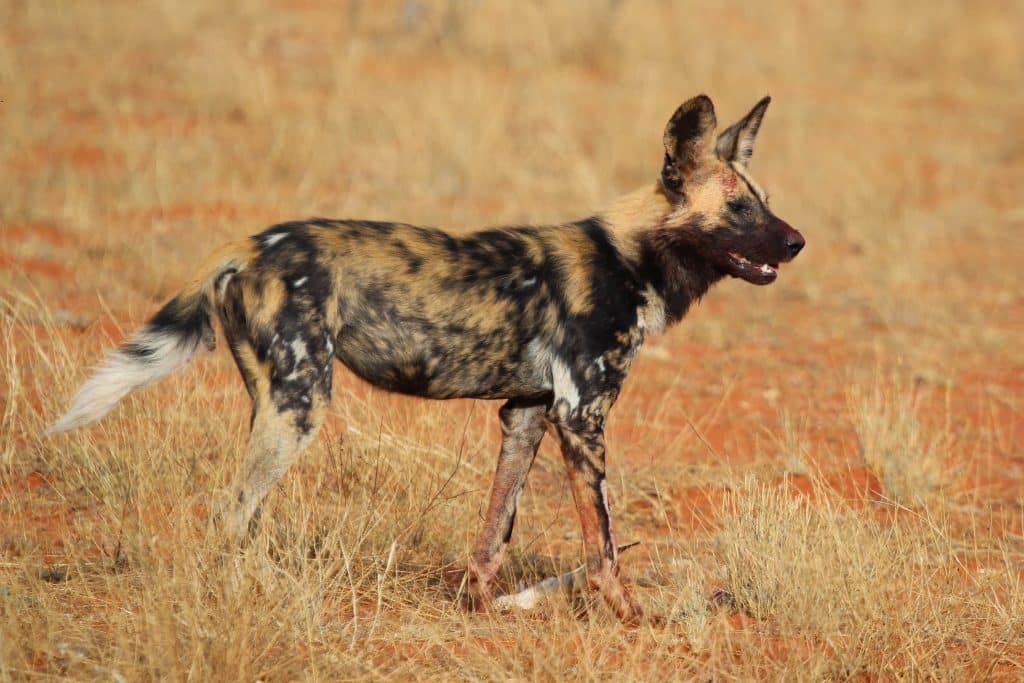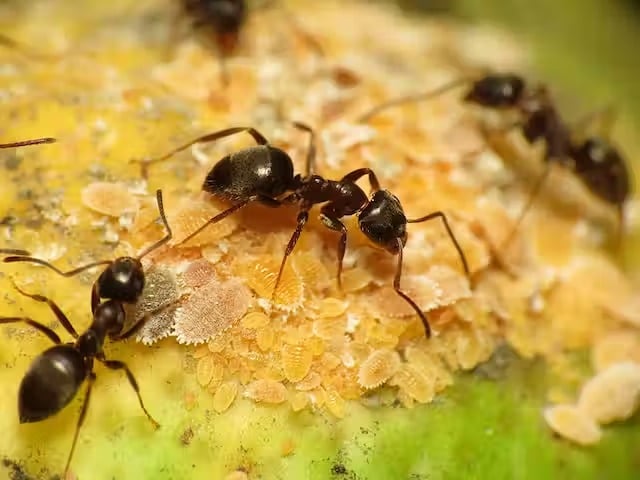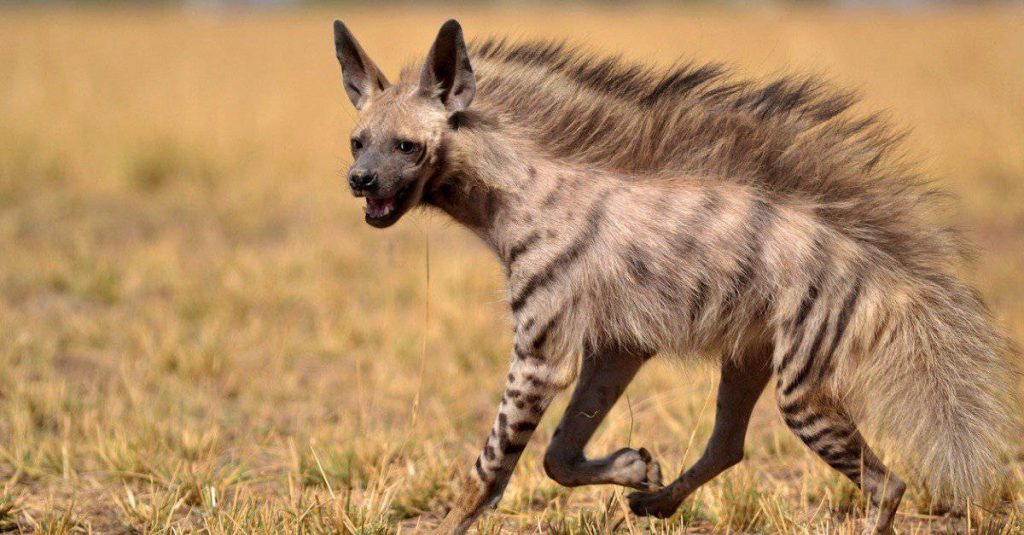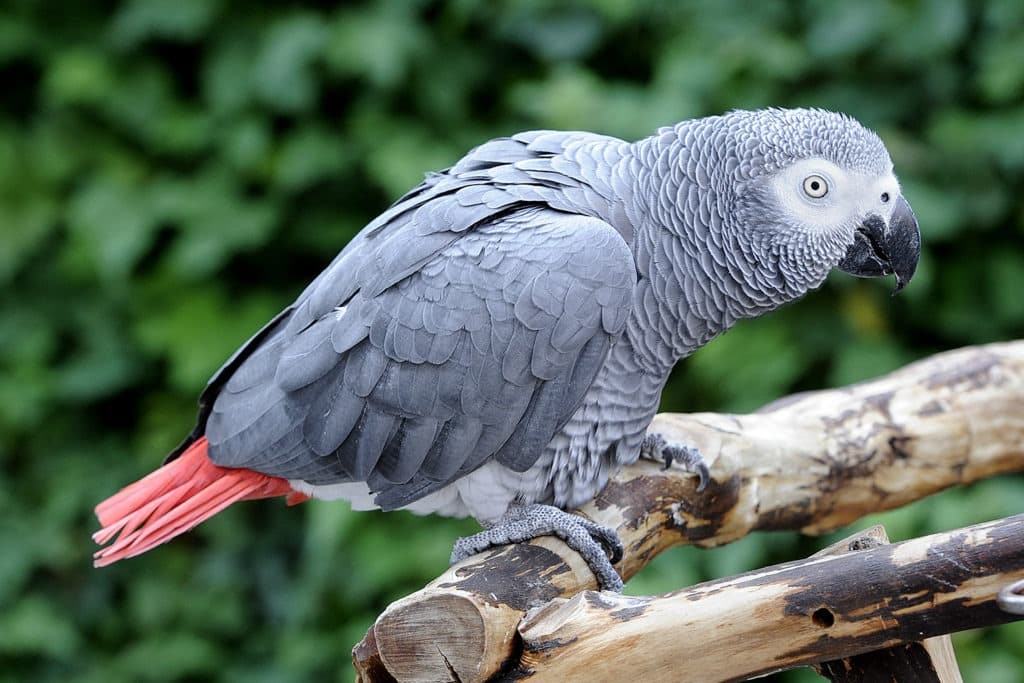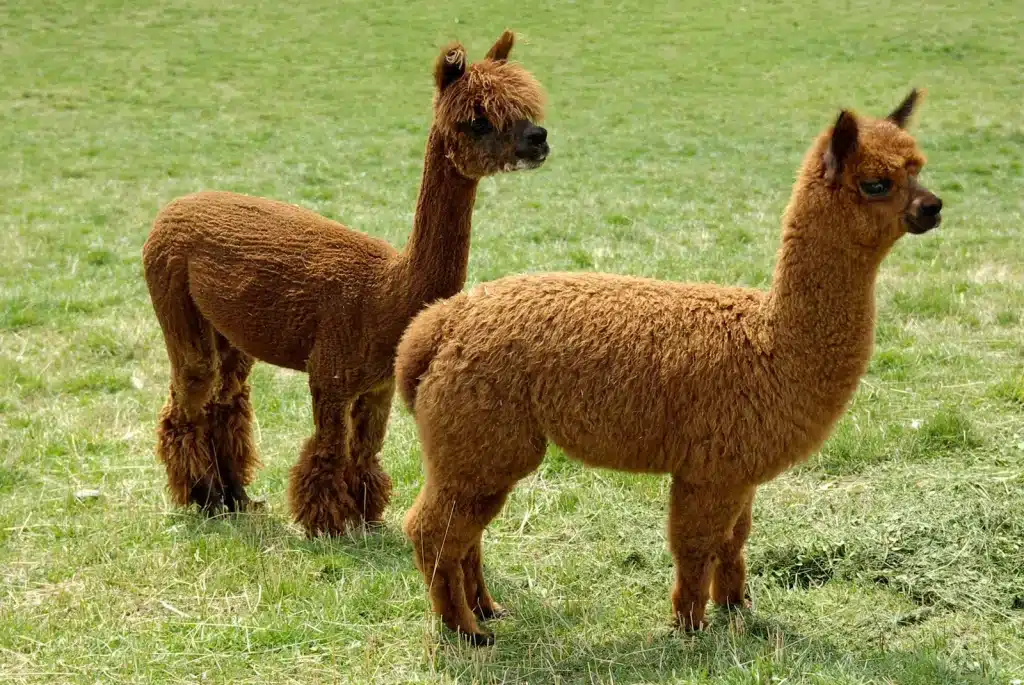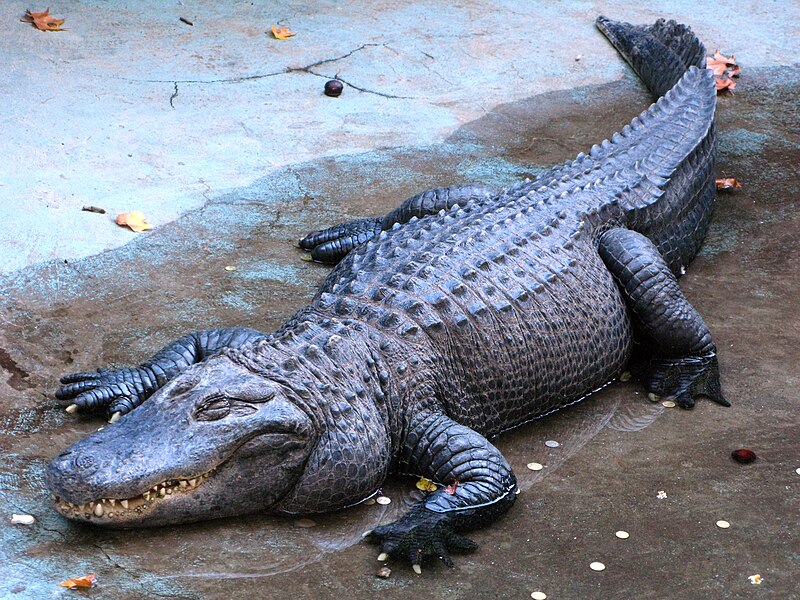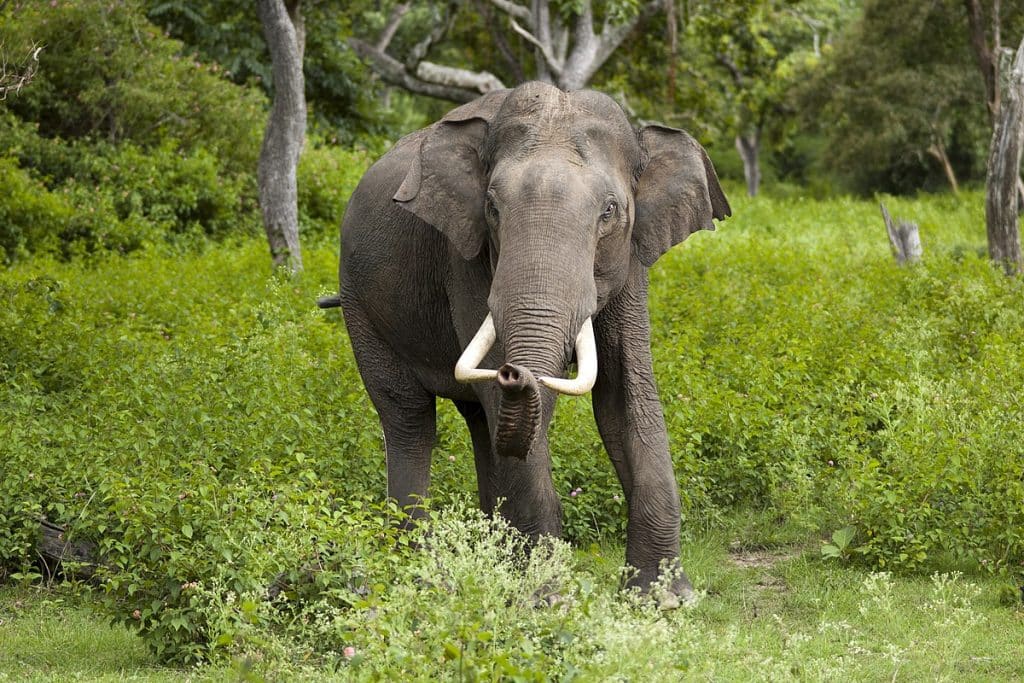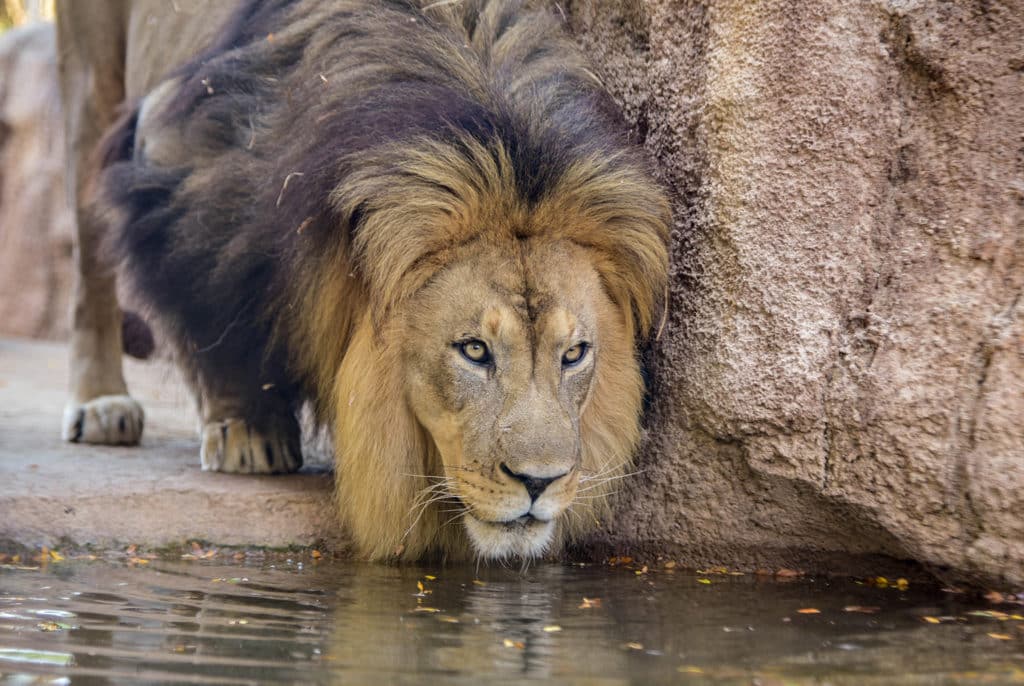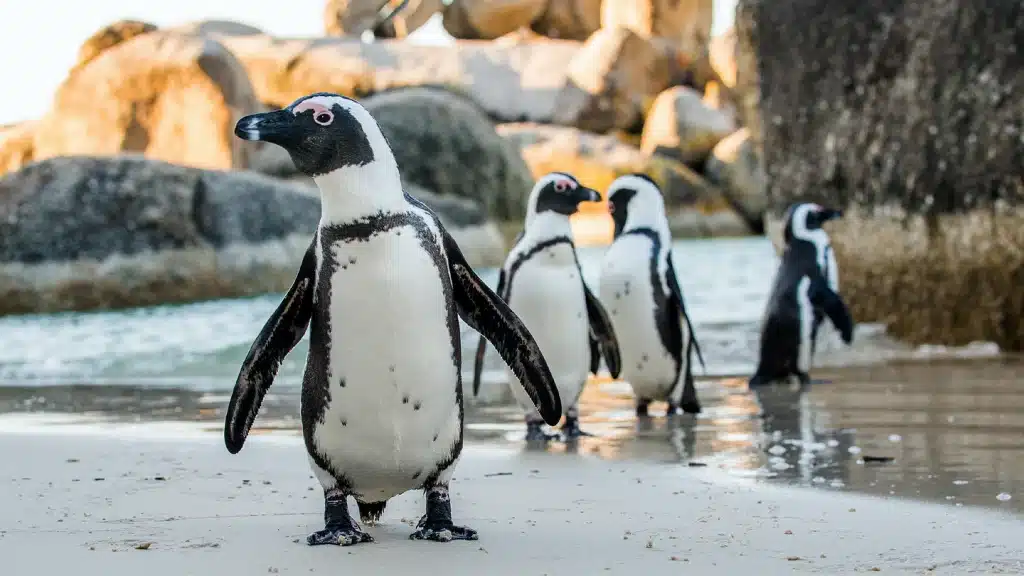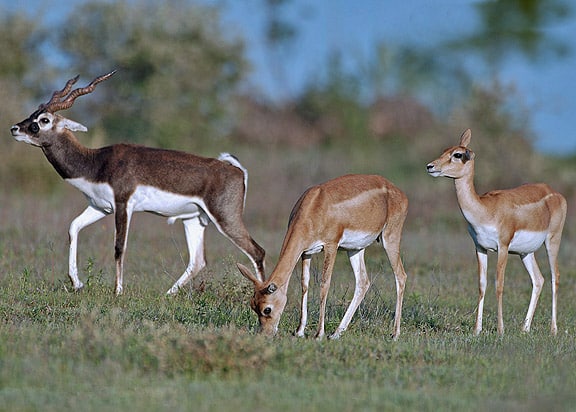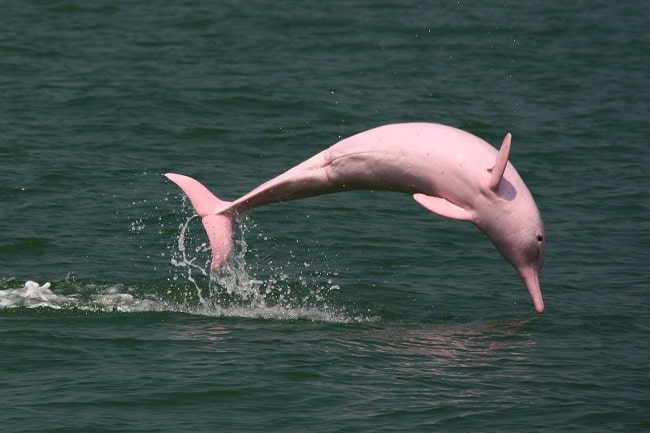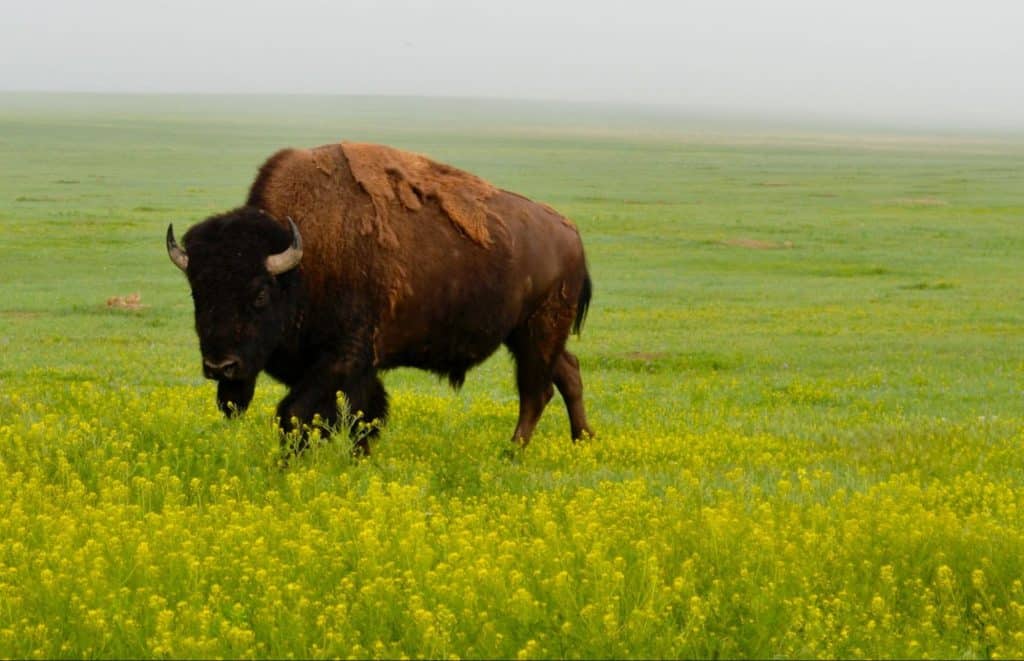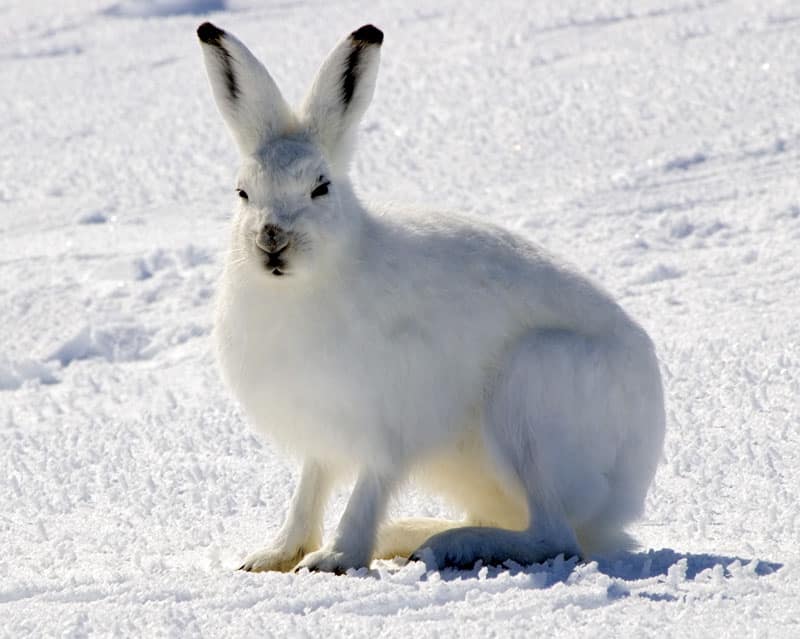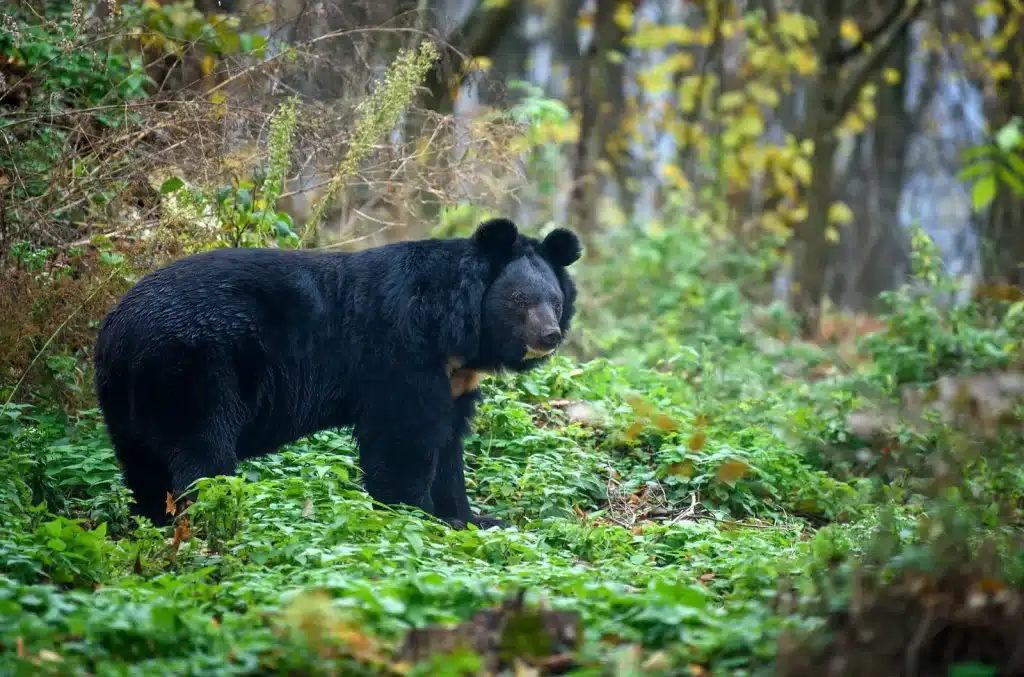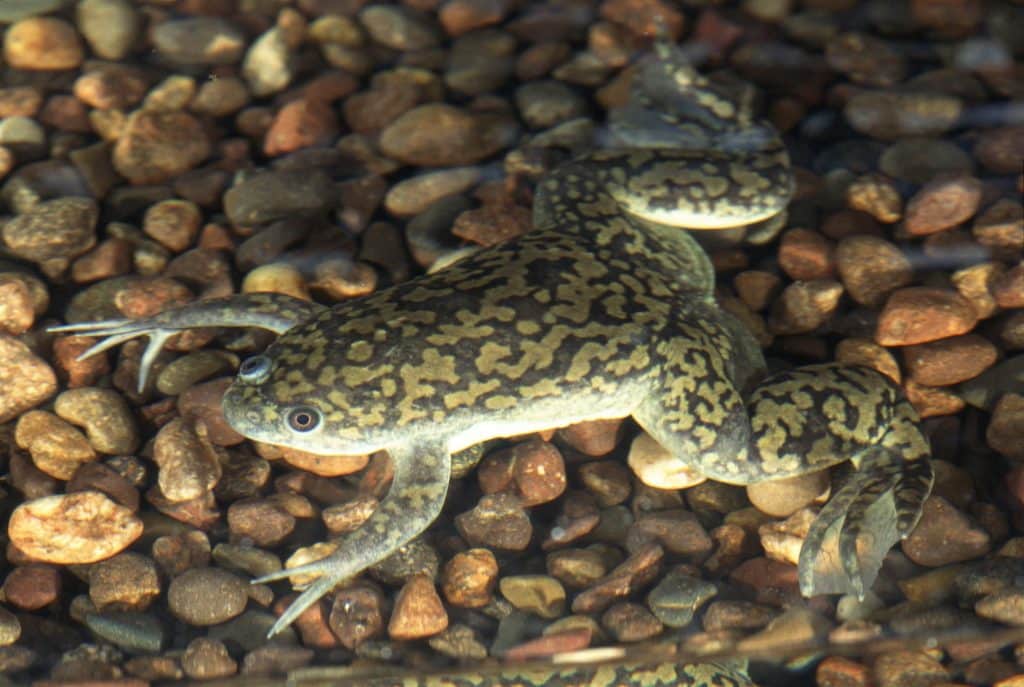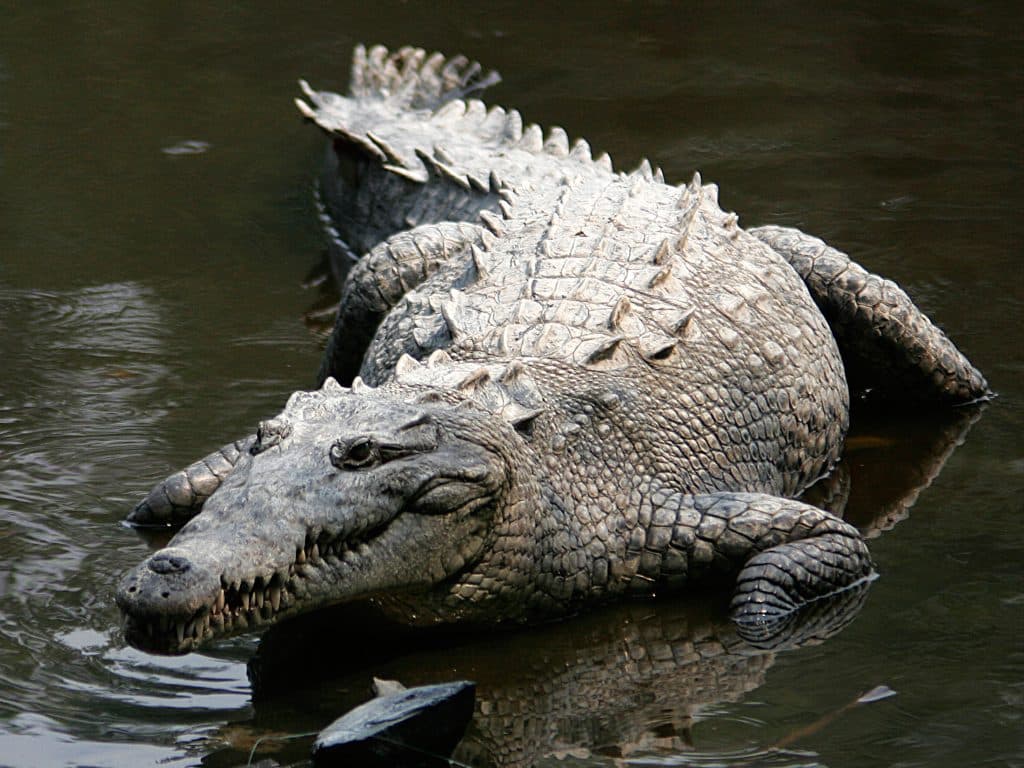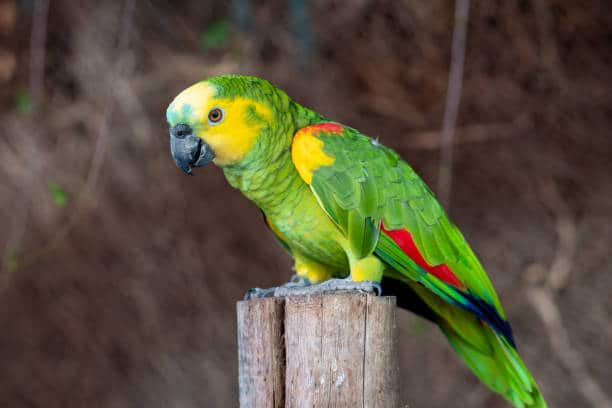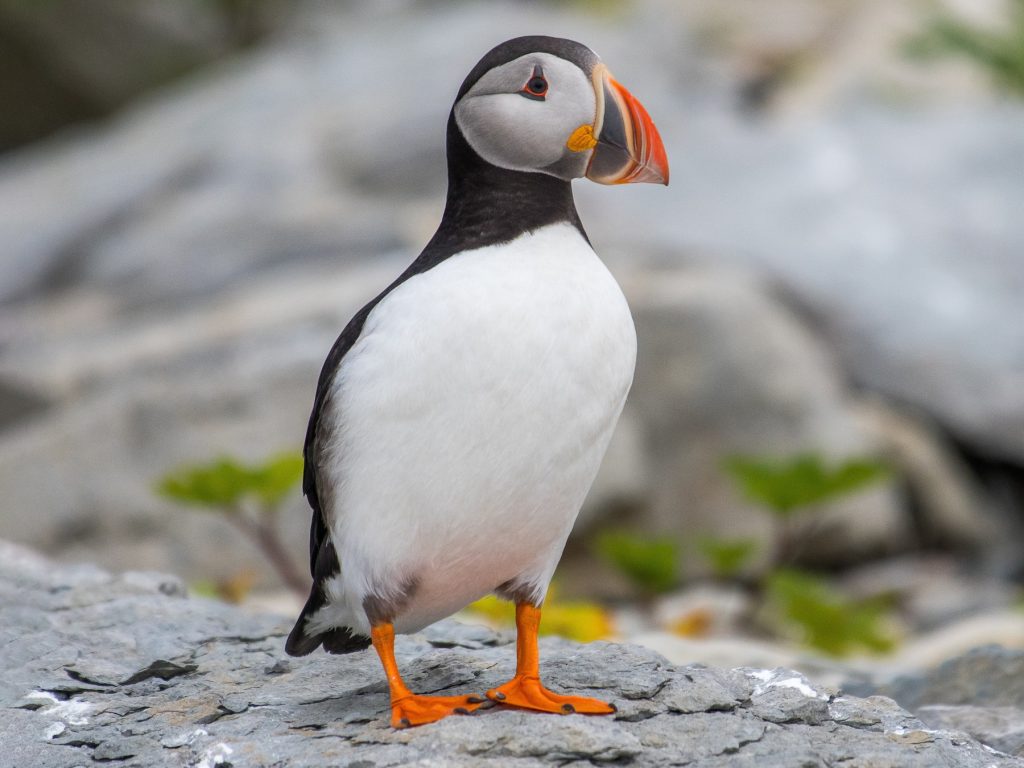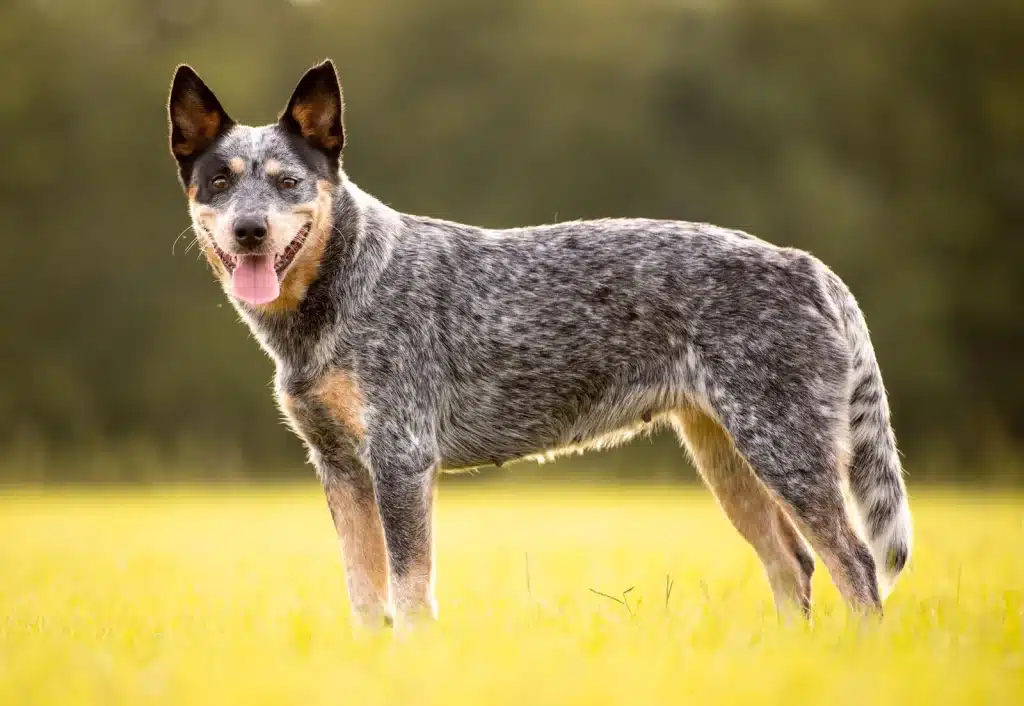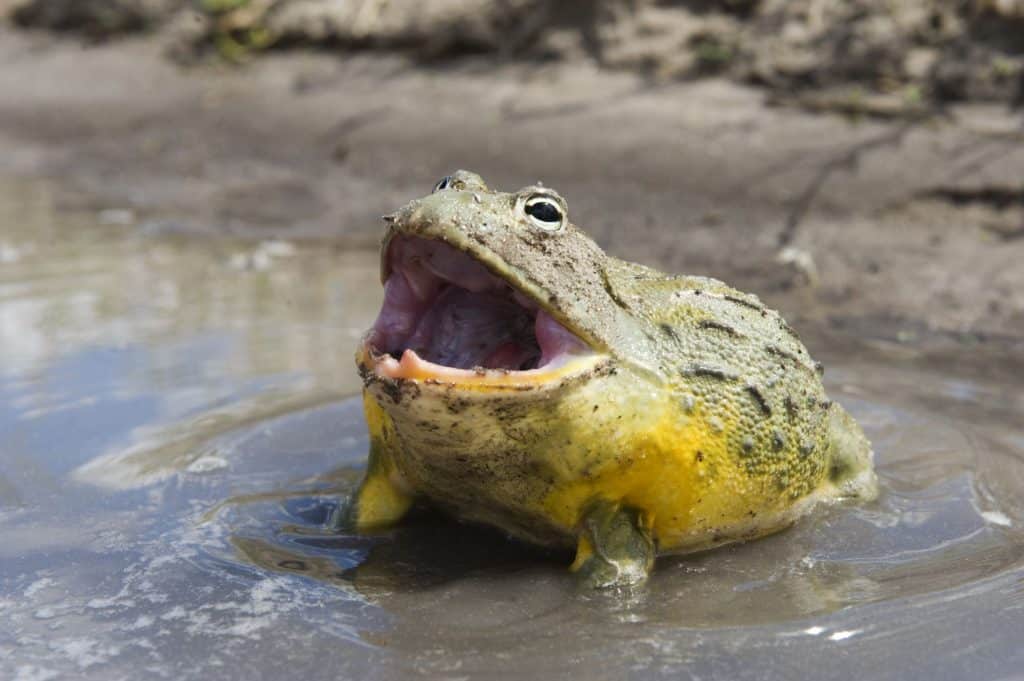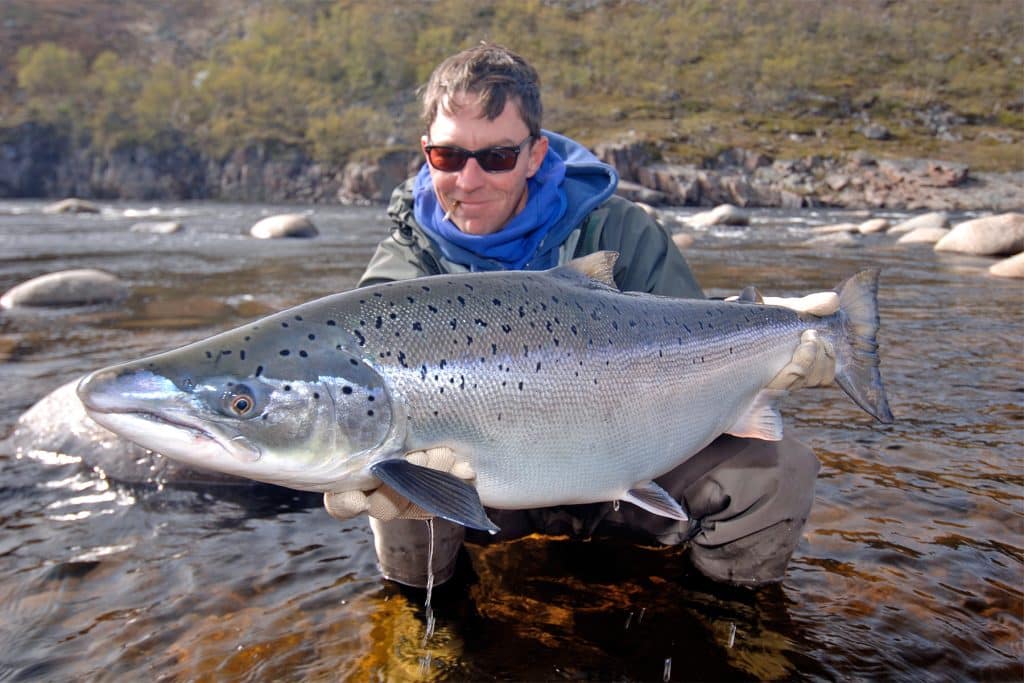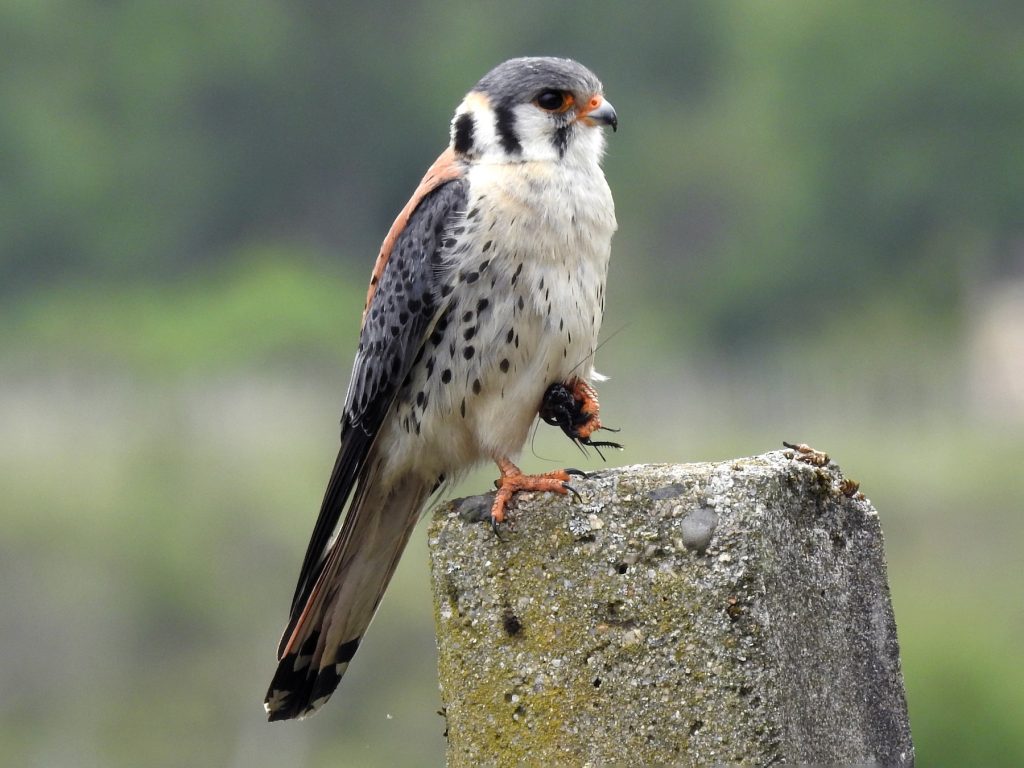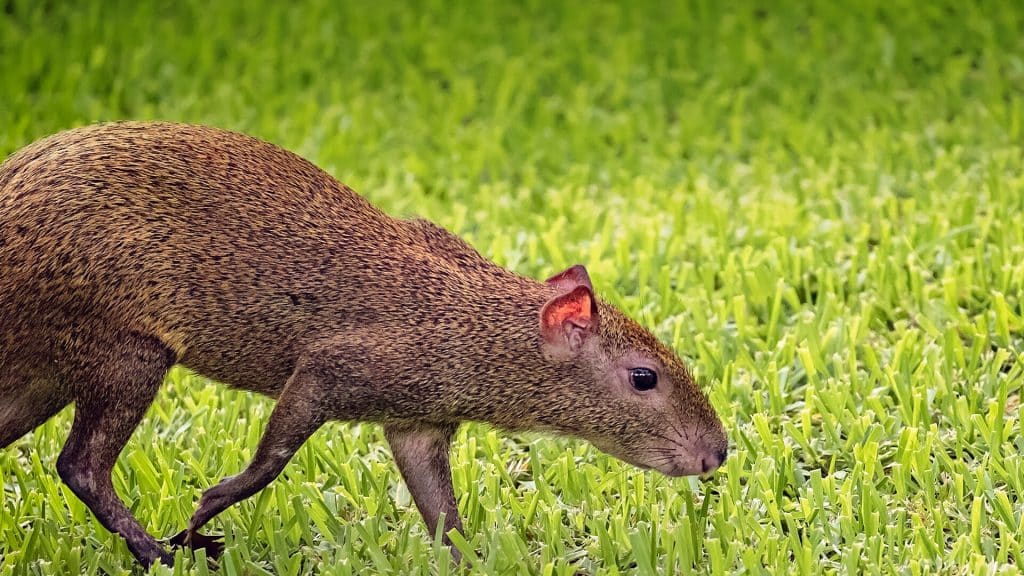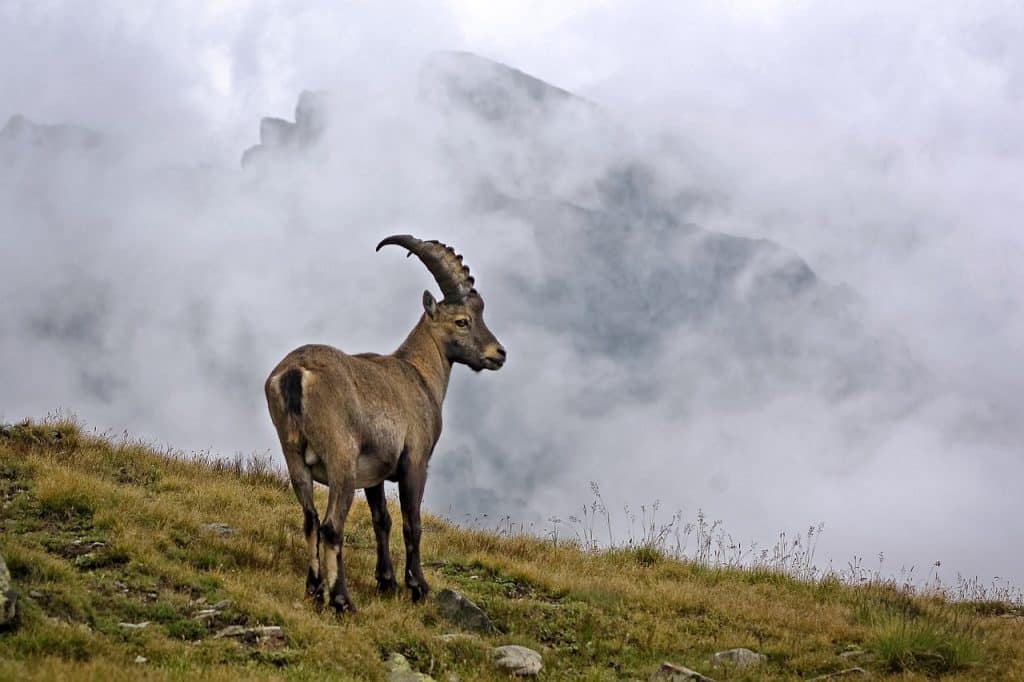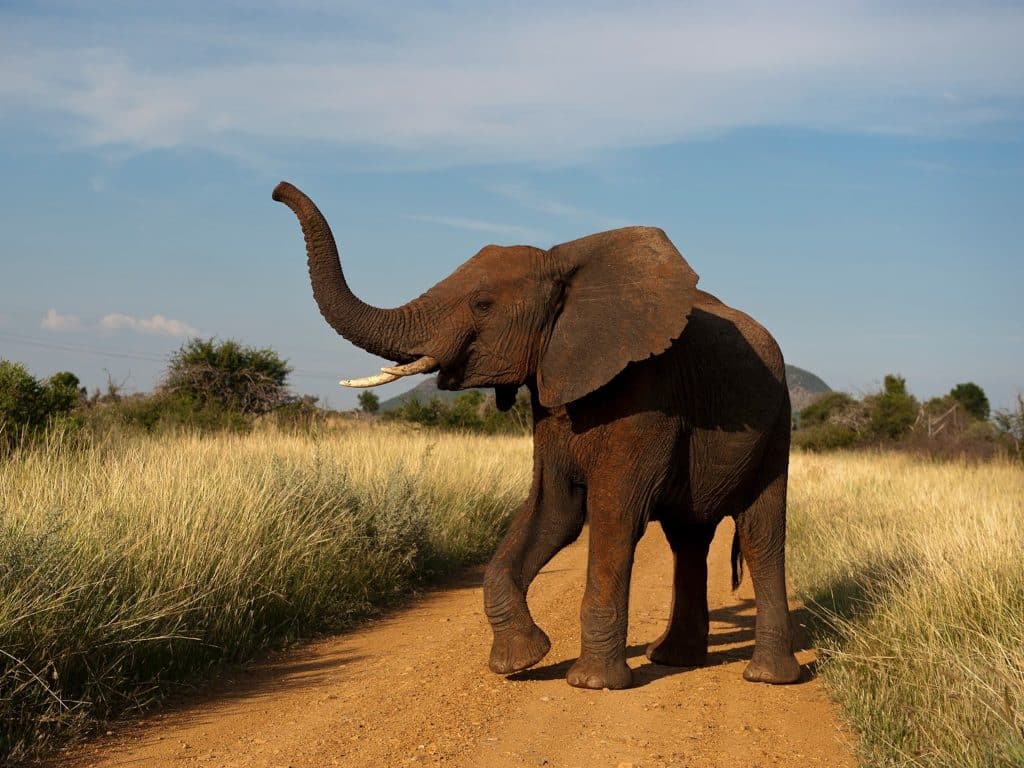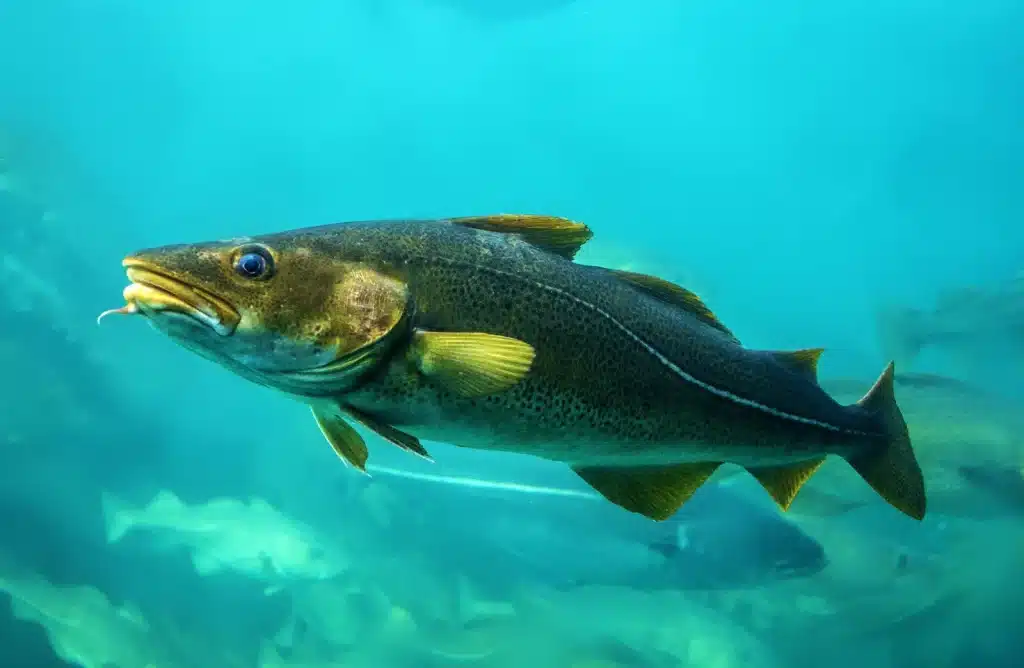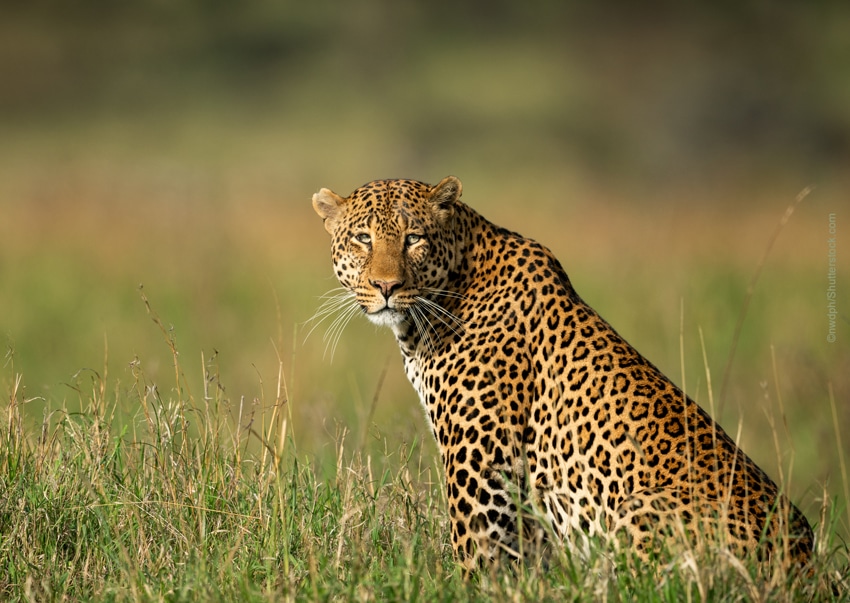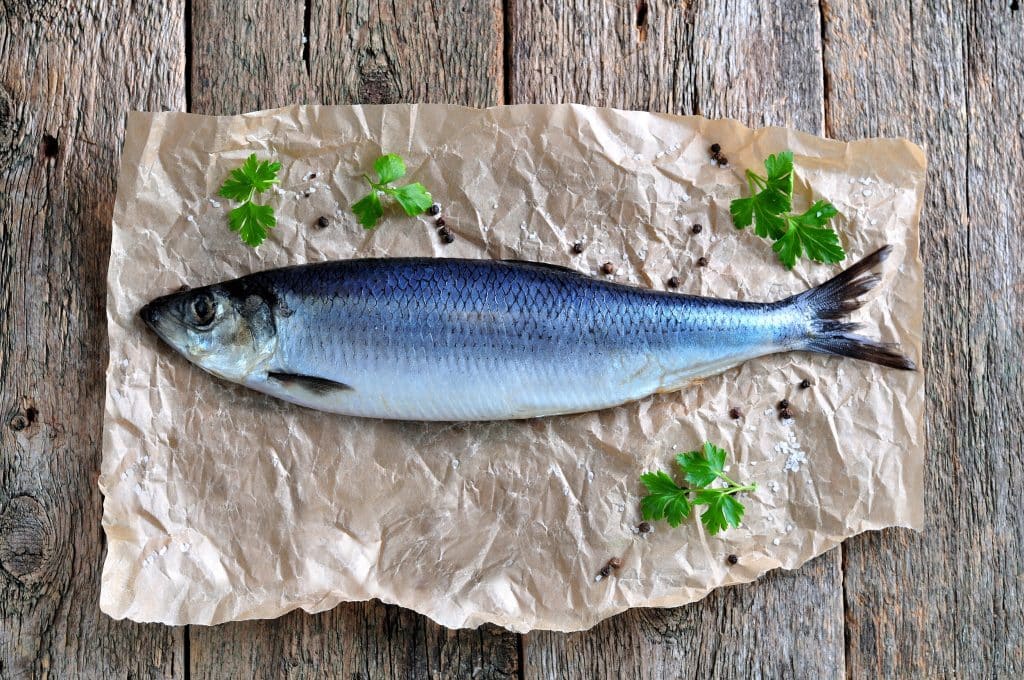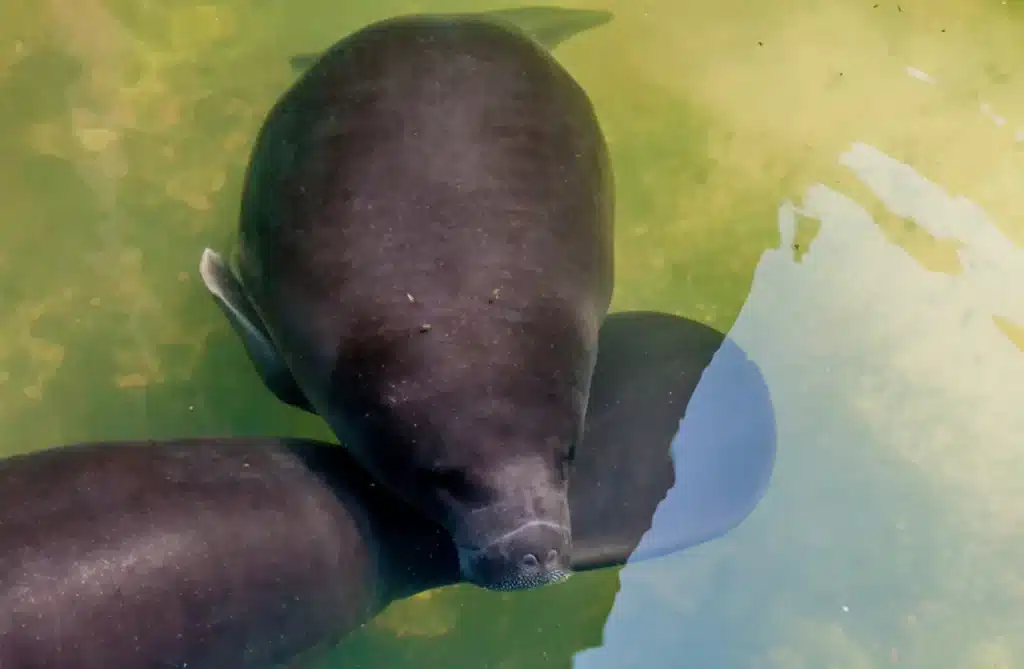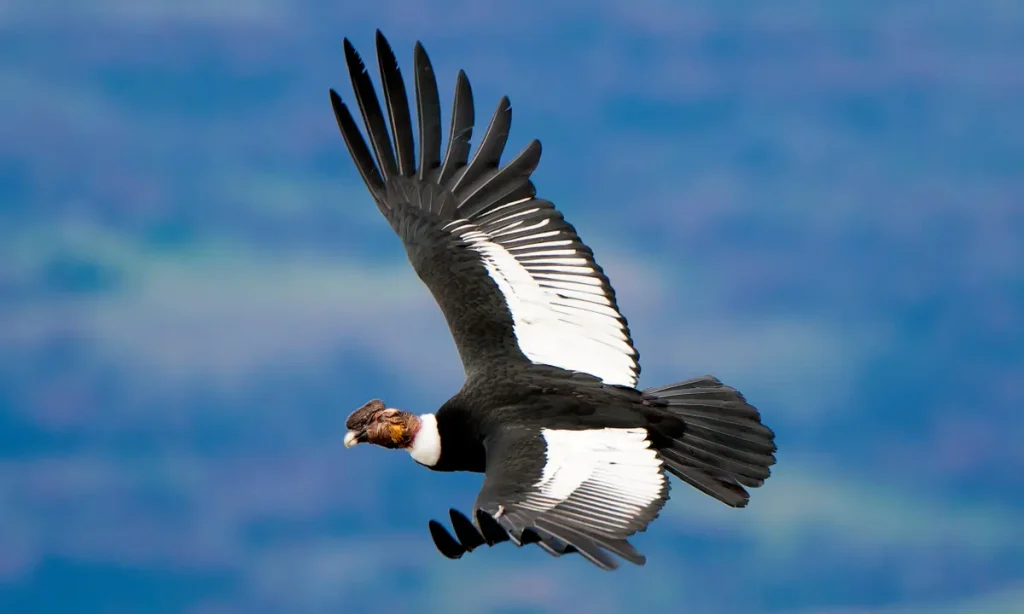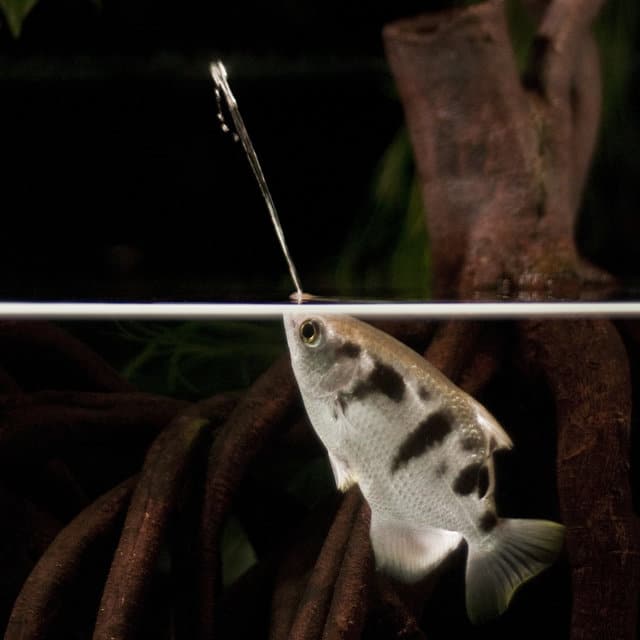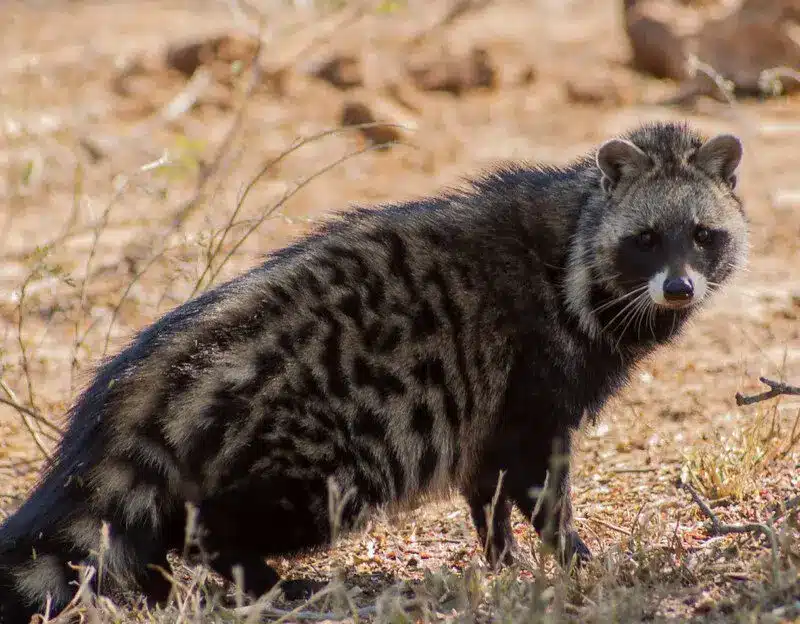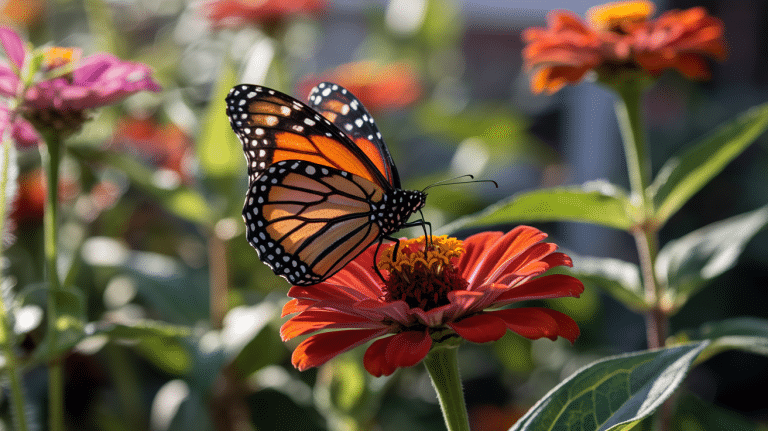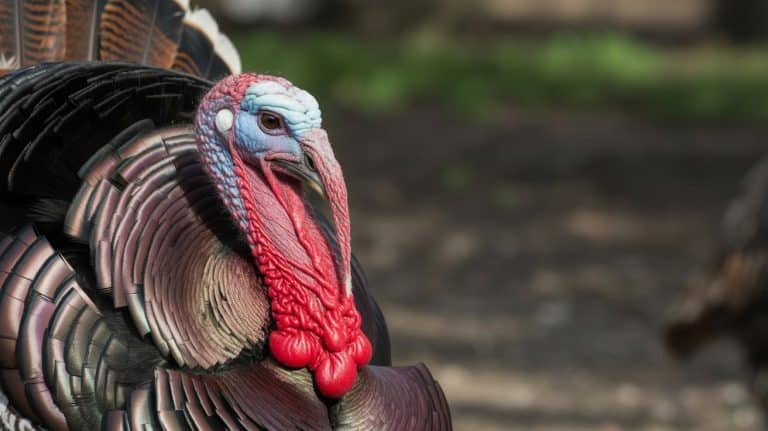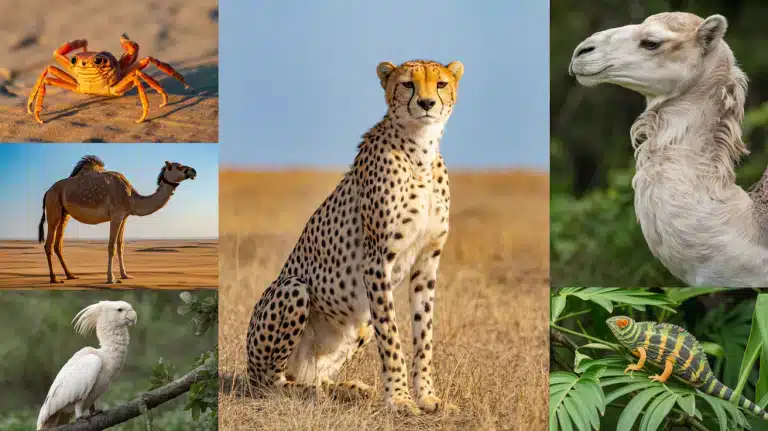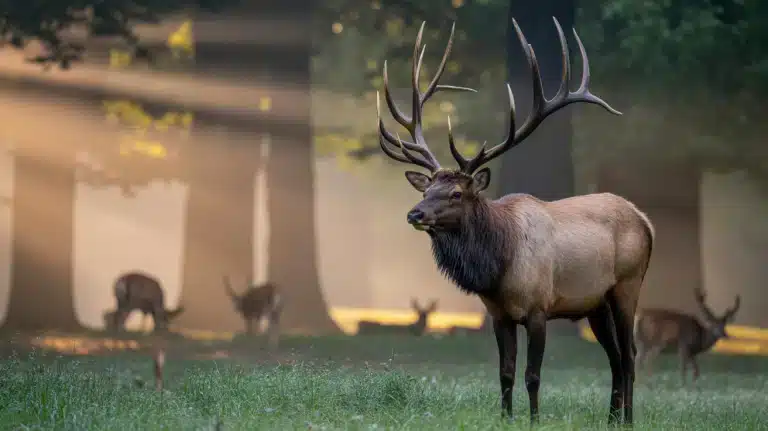The wildlife kingdom around us is vast and interesting, with its rich and diverse range of species.
Exploring their world allows us to see and learn about different animals.
On a wider canvas, animals beginning with the letter ‘A’ contribute most to natural wildlife.
Animals in this category live in various environments coming from different landscapes of Earth.
This article will explore some animals that start with ‘A,’ which contains well-known names.
This list covers a wide range of wildlife, from the beautiful elephants of Africa and Asia to the ferocious alligators.
So, without any further ado, let’s get started.
List of Animal Names That Start with A
1. African Elephant
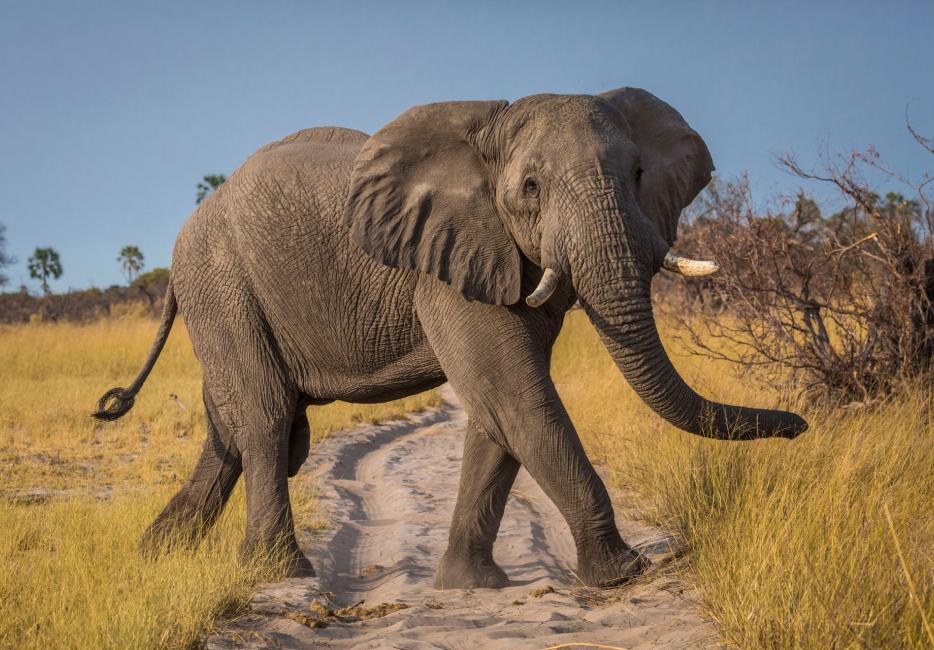
- Place of Origin: Africa
- Regions of Habitat: Sub-Saharan Africa, Rainforests of West and Central Africa
- Scientific Name: Loxodonta africana
The African elephant is the largest land animal on Earth, known for its large ears that help regulate body temperature. It has a long trunk used for communication, feeding, and bathing.
Interesting Fact: Elephants are highly intelligent and exhibit behaviors associated with grief, learning, artistry, and play.
2. Arctic Fox
- Place of Origin: Arctic regions
- Regions of Habitat: Arctic tundra, North America, Europe, and Asia
- Scientific Name: Vulpes lagopus
This small fox is adapted to living in cold environments, with thick fur that changes color with the seasons for camouflage: white in winter and brown in summer.
Interesting Fact: Arctic foxes have the warmest pelt of any animal found in the Arctic, which allows them to survive extreme cold.
3. Aardvark
- Place of Origin: Africa
- Regions of Habitat: Sub-Saharan Africa
- Scientific Name: Orycteropus afer
A nocturnal mammal with a pig-like snout, the aardvark uses its powerful claws to dig for termites and ants, its primary food source.
Interesting Fact: “Aardvark” comes from the Afrikaans/Dutch language and means “earth pig.”
4. Axolotl
- Place of Origin: Mexico
- Regions of Habitat: Lake Xochimilco and Lake Chalco in central Mexico
- Scientific Name: Ambystoma mexicanum
A type of salamander that remains aquatic throughout life, the axolotl is known for its ability to regenerate limbs and other body parts.
Interesting Fact: Unlike most amphibians, the axolotl does not undergo metamorphosis and retains its larval features throughout its adult life.
5. Albatross
- Place of Origin: Southern Ocean and the North Pacific
- Regions of Habitat: Primarily aquatic, found in the Southern Ocean and the North Pacific
- Scientific Name: Diomedea exulans
Known for their large wingspan, albatrosses are expert fliers capable of traveling long distances over the ocean with minimal effort.
Interesting Fact: Albatrosses are known for their long-term pair bonds. Couples perform elaborate courtship dances that can last for years before mating.
6. Anaconda
- Place of Origin: South America
- Regions of Habitat: Amazon and Orinoco River basins
- Scientific Name: Eunectes murinus
One of the world’s largest snakes, the anaconda is a non-venomous boa species famous for its massive girth and powerful constriction abilities.
Interesting Fact: Anacondas give birth to live young, which is unusual among large snakes.
7. Anteater
- Place of Origin: Central and South America
- Regions of Habitat: Grasslands, deciduous forests, rainforests
- Scientific Name: Myrmecophaga tridactyla
Anteaters are known for their long snouts and even longer tongues, which they use to lap up ants and termites. They have no teeth and rely on their specialized diet.
Interesting Fact: An anteater’s tongue can extend up to 2 feet to capture prey.
8. Armadillo
- Place of Origin: Americas
- Regions of Habitat: North, Central, and South America
- Scientific Name: Dasypus novemcinctus
Armadillos are known for their tough, protective armor, which is made of bone. They are proficient diggers, using their claws to excavate burrows.
Interesting Fact: The nine-banded armadillo is the only species that consistently gives birth to identical quadruplets.
9. Aye-Aye
- Place of Origin: Madagascar
- Regions of Habitat: Rainforests of Madagascar
- Scientific Name: Daubentonia madagascariensis
The aye-aye is a nocturnal primate known for its large eyes, slender fingers, and unique method of finding food by tapping on trees to find grubs.
Interesting Fact: Locals often consider the aye-aye an omen of bad luck, and unfortunately, this has led to persecution of the species.
10. African Wild Dog
- Place of Origin: Africa
- Regions of Habitat: Sub-Saharan Africa
- Scientific Name: Lycaon pictus
African wild dogs are social animals known for their distinctive coat pattern. They are efficient predators known for their endurance in hunts.
Interesting Fact: African wild dogs have a unique social structure, where a monogamous breeding pair leads the pack.
11. Ant
- Place of Origin: Worldwide
- Regions of Habitat: Diverse habitats, from rainforests to deserts
- Scientific Name: Formicidae (family)
Ants are social insects known for their organized colonies and ability to carry objects many times their body weight. They play vital roles in ecosystems as decomposers and predators.
Interesting Fact: Some ant species can ” farm” other insects, like aphids, to harvest the sugary secretions they produce.
12. Aardwolf
- Place of Origin: Eastern and Southern Africa
- Regions of Habitat: Grasslands and savannas
- Scientific Name: Proteles cristata
The aardwolf is a small, insectivorous mammal resembling a striped hyena. It primarily feeds on termites and can consume thousands in a single night.
Interesting Fact: Unlike other hyena species, the aardwolf does not hunt large prey and has a specialized diet of insects.
13. African Grey Parrot
- Place of Origin: Central Africa
- Regions of Habitat: Forests of Central Africa
- Scientific Name: Psittacus erithacus
Renowned for their intelligence and ability to mimic human speech, African grey parrots are among the most popular pet birds.
Interesting Fact: They are known for having the cognitive ability of a 3- to 5-year-old child in some aspects.
14. Alpaca
- Place of Origin: South America
- Regions of Habitat: Andes Mountains, Peru, Bolivia, Ecuador, and northern Chile
- Scientific Name: Vicugna pacos
Alpacas are domesticated animals like llamas, known for their soft, luxurious wool. They are gentle and curious animals, often used for their fiber.
Interesting Fact: Alpacas have an unusual habit of “communal dung piles” where they do not graze, which helps to control internal parasites.
15. Alligator
- Place of Origin: United States and China
- Regions of Habitat: Freshwater environments like marshes, rivers, and lakes
- Scientific Name: Alligatoridae (family)
Alligators are large reptiles with powerful jaws, known for their armored body and short legs. They are often mistaken for crocodiles but have a broader snout.
Interesting Fact: Alligators are capable of using tools. They balance sticks and branches on their heads to attract birds looking for nesting material.
16. Asian Elephant
- Place of Origin: Asia
- Regions of Habitat: India, Nepal, Bangladesh, and Southeast Asia
- Scientific Name: Elephas maximus
Smaller than their African cousins, Asian elephants are distinguished by their smaller ears and the finger-like extensions on the end of their trunks.
Interesting Fact: Asian elephants have a very structured social order and are known for their strong, lifelong bonds between herd members.
17. African Lion
- Place of Origin: Africa
- Regions of Habitat: Sub-Saharan Africa
- Scientific Name: Panthera Leo
Known as the “King of the Jungle,” African lions are majestic animals famous for their mane and roar. They live in feelings of pride dominated by a few males.
Interesting Fact: Lionesses do most of the hunting for the pride, working together in a coordinated effort to catch prey.
18. African Penguin
- Place of Origin: Southern African coast
- Regions of Habitat: Coastlines of South Africa and Namibia
- Scientific Name: Spheniscus demersus
The African penguin is a small to medium-sized penguin known for its black-and-white plumage and distinctive braying sound, similar to a donkey’s call.
Interesting Fact: They are the only penguin species that breed in Africa and are adapted to warmer climates than other penguin species.
19. Antelope
- Place of Origin: Various (Africa, Asia, America)
- Regions of Habitat: Grasslands, savannas, forests
- Scientific Name: Various species within the family Bovidae
Antelopes are a diverse group of hoofed mammals known for their agility and speed. They vary greatly in size, from the tiny royal antelope to the large eland.
Interesting Fact: Many antelope species are known for their impressive horns, which can be used for defense or ritualized fighting.
20. Amazon River Dolphin
- Place of Origin: South America
- Regions of Habitat: Amazon and Orinoco river basins
- Scientific Name: Inia geoffrensis
Known for its pink coloration, the Amazon River dolphin is one of the few species living in freshwater. It has a long snout and a flexible neck.
Interesting Fact: Unlike most other dolphins, the vertebrae in the neck of the Amazon river dolphin are not fused, allowing it to turn its head 90 degrees.
21. American Bison
- Place of Origin: North America
- Regions of Habitat: Plains, river valleys, and prairies in North America
- Scientific Name: Bison bison
The American bison, also known as the buffalo, is a large, humpbacked mammal with a shaggy brown mane. It’s the heaviest land animal in North America.
Interesting Fact: Bison play an important ecological role and help maintain the grasslands by grazing.
22. Arctic Hare
- Place of Origin: Arctic regions of North America
- Regions of Habitat: Arctic tundra and mountainous areas
- Scientific Name: Lepus arcticus
Adapted to cold environments, the Arctic hare has a thick white coat and can run up to 60 km/h (37 mph) to escape predators.
Interesting Fact: Their fur changes to a blue-gray color in summer, providing excellent camouflage.
23. Asian Black Bear
- Place of Origin: Asia
- Regions of Habitat: Himalayas, Eastern Russia, Northeast China, and Japan
- Scientific Name: Ursus thibetanus
Also known as the moon bear for the white crescent mark on its chest, this bear has a black coat and is medium-sized.
Interesting Fact: They are excellent climbers and can be found in trees to feed, rest, or escape threats.
24. African Clawed Frog
- Place of Origin: Sub-Saharan Africa
- Regions of Habitat: Freshwater ponds and streams
- Scientific Name: Xenopus laevis
This aquatic frog is known for its lack of tongue, eyelids, and distinctive webbed clawed feet.
Interesting Fact: It’s often used in scientific research and was among the first animals to be sent into space.
25. American Crocodile
- Place of Origin: Southern Florida, Caribbean, northern South America
- Regions of Habitat: Coastal areas, rivers, and swamps
- Scientific Name: Crocodylus acutus
The American crocodile is less aggressive than its Nile or Australian counterparts, with a narrower snout.
Interesting Fact: They have the most salt tolerance of any crocodile species, enabling them to live in both freshwater and saltwater habitats.
26. Amazon Parrot
- Place of Origin: New World ranging from South America to Mexico and the Caribbean
- Regions of Habitat: Rainforests and savannas
- Scientific Name: Genus Amazona
Known for their colorful plumage, these parrots are highly social and intelligent, able to mimic human speech.
Interesting Fact: Some Amazon parrot species can live for over 50 years.
27. Abyssinian Cat
- Place of Origin: Indian Ocean coastal area, Southeast Asia
- Regions of Habitat: Domesticated, globally kept as pets
- Scientific Name: Felis catus
This elegant short-haired cat is known for its slender body, large ears, and distinctive ticked coat, typically warm reddish-brown.
Interesting Fact: Despite the name, genetic evidence suggests that it originated near the coast of the Indian Ocean in Southeast Asia.
28. Atlantic Puffin
- Place of Origin: North Atlantic Ocean
- Regions of Habitat: Coastal cliffs in the North Atlantic, Iceland, Norway, Greenland
- Scientific Name: Fratercula arctica
Puffins are small seabirds, recognizable by their colorful beak and their ability to dive and swim underwater.
Interesting Fact: Puffins can carry multiple fish in their beaks at once due to unique hinge mechanisms.
29. Australian Cattle Dog
- Place of Origin: Australia
- Regions of Habitat: Domesticated, used for herding cattle
- Scientific Name: Canis lupus familiaris
A sturdy, compact dog bred for herding, known for its intelligence, agility, and loyal nature.
Interesting Fact: They were originally bred by Australian settlers to handle herds of cattle on expansive ranches.
30. African Bullfrog
- Place of Origin: Sub-Saharan Africa
- Regions of Habitat: Grasslands and savannas
- Scientific Name: Pyxicephalus adspersus
One of the largest frog species, characterized by its hefty size, males can be aggressive during mating season.
Interesting Fact: Male African Bullfrogs are known to guard their tadpoles and will dig channels to ensure their safety in drying pools.
31. Atlantic Salmon
- Place of Origin: North Atlantic Ocean
- Regions of Habitat: Rivers in North America and Europe
- Scientific Name: Salmo salar
Known for their long migration, Atlantic salmon are born in freshwater, migrate to the ocean, then return to freshwater to reproduce.
Interesting Fact: They have an incredible sense of smell, which helps them locate their river of origin during spawning migrations.
32. American Kestrel
- Place of Origin: The Americas
- Regions of Habitat: North and South America, from Alaska and Canada to Tierra del Fuego
- Scientific Name: Falco sparverius
The American kestrel is North America’s smallest and most common falcon, known for its beautiful plumage and hunting skills.
Interesting Fact: They can see ultraviolet light, which helps them track prey by detecting the urine trails left by small mammals.
33. Agouti
- Place of Origin: Central and South America
- Regions of Habitat: Rainforests, savannas, and mountainous regions
- Scientific Name: Genus Dasyprocta
Agoutis are small, rodent-like animals with slender limbs, large eyes and ears, and glossy brown fur.
Interesting Fact: They play a crucial role in their ecosystem as seed dispersers, particularly for the Brazil nut tree.
34. Alpine Ibex
- Place of Origin: European Alps
- Regions of Habitat: Mountainous regions of the Alps
- Scientific Name: Capra ibex
Male Alpine ibexes are large and rugged mountain goats known for their impressive curved horns.
Interesting Fact: They can climb steep, rocky terrains thanks to their specially adapted cloven hooves.
35. African Bush Elephant
- Place of Origin: Africa
- Regions of Habitat: Sub-Saharan Africa, in forests, grasslands, and marshes
- Scientific Name: Loxodonta africana
The African bush elephant is the largest land animal, characterized by its large ears, curved tusks, and powerful trunk.
Interesting Fact: They are known for their complex social structures and strong family bonds, led by a matriarch.
36. Atlantic Cod
- Place of Origin: North Atlantic Ocean
- Regions of Habitat: Cold waters of the North Atlantic
- Scientific Name: Gadus morhua
The Atlantic cod is a benthopelagic fish known for its white, flaky meat, a staple in European diets for centuries.
Interesting Fact: Cod played a significant role in the economic history of the North Atlantic region, especially during the colonization of North America.
37. African Leopard
- Place of Origin: Africa
- Regions of Habitat: Sub-Saharan Africa, rainforests, savannas, mountains
- Scientific Name: Panthera pardus pardus
African leopards are known for their agility and strength, with a distinctive spotted coat that provides camouflage.
Interesting Fact: Leopards are solitary and nocturnal, often hauling their prey up into trees to keep it from scavengers.
38. Atlantic Herring
- Place of Origin: North Atlantic Ocean
- Regions of Habitat: North Atlantic coasts and Baltic Sea
- Scientific Name: Clupea harengus
A small, silvery fish, the Atlantic herring is a key species in the marine ecosystem and a major part of the diet of many larger predators.
Interesting Fact: They form large schools, sometimes stretching for miles, which move in unison through the oceans.
39. Amazonian Manatee
- Place of Origin: Amazon Basin
- Regions of Habitat: Freshwater habitats in the Amazon Basin
- Scientific Name: Trichechus inunguis
This aquatic mammal is adapted to live in freshwater, with a streamlined body, flippers, and a flat, paddle-shaped tail.
Interesting Fact: Unlike other manatees, the Amazonian manatee lacks nails on its flippers.
40. Andean Condor
- Place of Origin: South America
- Regions of Habitat: Andes Mountains and Pacific Coast of western South America
- Scientific Name: Vultur gryphus
The Andean condor is one of the largest flying birds, known for its massive wingspan and black plumage, a distinctive white collar around the neck, and white patches on the wings.
Interesting Fact: They play an important role in the ecosystem as scavengers, and their flight techniques, using thermal air currents, are a marvel of nature.
41. Archerfish
- Place of Origin: Southeast Asia, India, and Australia
- Regions of Habitat: Mangrove forests, estuaries, and freshwater rivers
- Scientific Name: Family Toxotidae
Archerfish are known for their unique hunting method; they shoot jets of water at insects above the surface, causing them to fall into the water where they can be eaten.
Interesting Fact: The archerfish is remarkably accurate in its water shooting and can hit targets up to 3 meters away.
42. Arapaima
- Place of Origin: Amazon Basin, South America
- Regions of Habitat: Amazon River and its tributaries
- Scientific Name: Arapaima gigas
One of the largest freshwater fish in the world, the Arapaima, can grow to be more than 2 meters long. It has an elongated body covered in large, blackish-green scales.
Interesting Fact: Arapaimas have primitive lungs, which allow them to breathe air from the surface, an adaptation to oxygen-depleted water.
43. African Civet
- Place of Origin: Sub-Saharan Africa
- Regions of Habitat: Savanna, forested areas, and other habitats with dense vegetation
- Scientific Name: Civettictis civetta
The African civet is a nocturnal mammal, notable for its striking black and white markings and a mane that runs from the top of the head to the tail.
Interesting Fact: Civets are known for producing a musk, civetone, historically used in perfumery.
Conclusion
Animals, irrespective of their names and geographical belonging, contribute to the extraordinary diversity of wildlife.
Every animal on the list above represents a wide spectrum of life, each coming from a different niche and holding an interesting history of human evolution.
The list homes a different band of animals, from humongous and powerful to tiny and cute.
We must learn and understand Earth’s diversity; this list gives us the same reason.
The more you learn about the animals, the more you deepen your understanding and connection with the natural world.
Please drop in your views about the article and its content above, and let us know what more could have been added to it.
Keep learning and understanding more about our natural life and its significance to our lives for a cohesive living.

